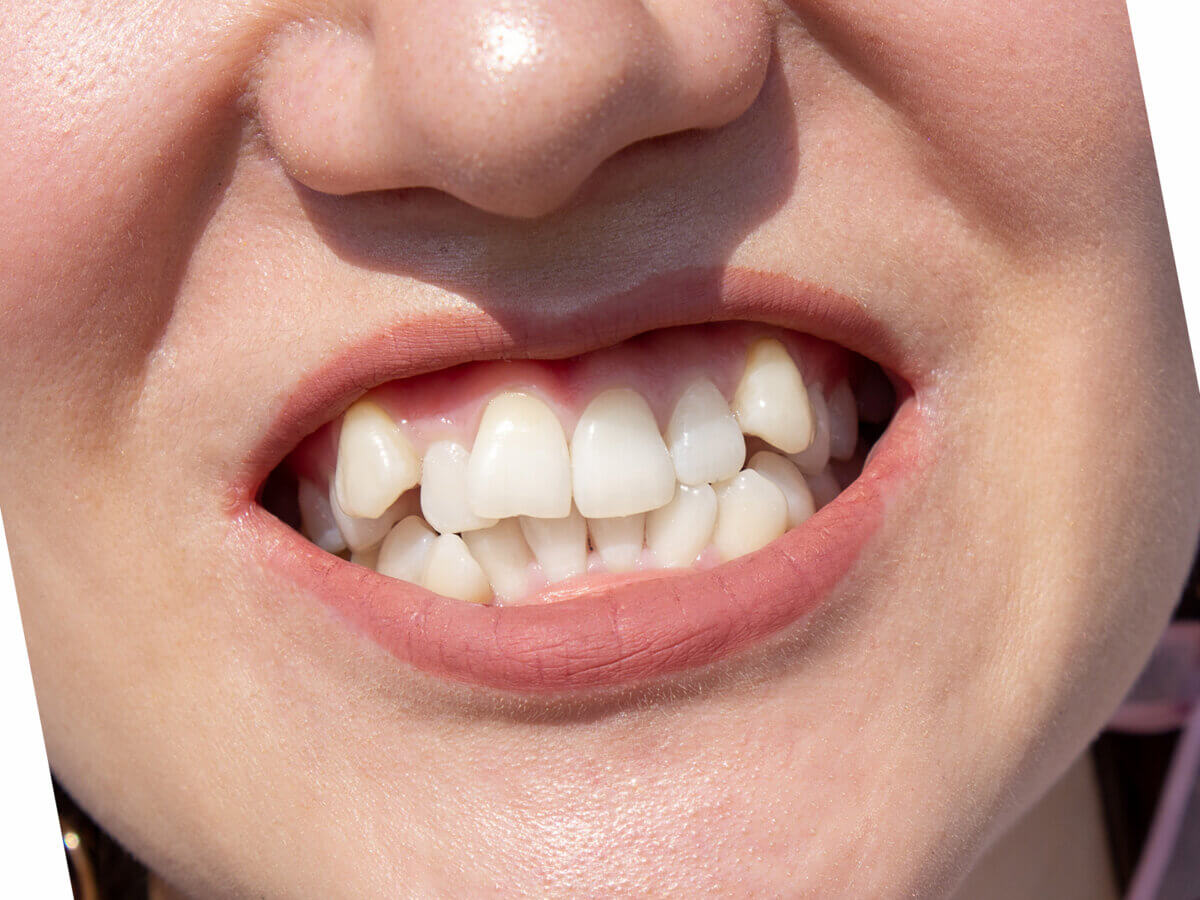Blog
Dental hygiene tips for healthy teeth & gums

What Causes Alignment Issues For Your Teeth?
Increasingly, adults get orthodontic treatment in order to enhance their smiles. You may feel self-conscious about having crooked or misalignment teeth. In addition to improving aesthetics, orthodontic treatment can also improve dental health by correcting tooth alignment issues.
Leaving misaligned teeth untreated can result in a variety of dental problems, including dental decay and gum disease. You may experience dental-related problems as a result of misalignment, and may also feel less confident.
What you may not have realized is how much our teeth reveal about us, including their size, shape, and condition. And there are several factors that can cause teeth to shift so in this article, we will give you information regarding the same.
What are the reasons behind alignment issues?
Below are some reasons that indicate why you may have alignment issues and how they impact your overall health:
Age: Your lower jaw keeps growing as you age. Although the lower front teeth are positioned behind the upper front ones, they want to remain in place. Due to this, the lower front teeth can become very crowded. Around the age of 40, people usually experience late mandibular growth. Therefore, age is one of the factors that can cause this shift.
Grinding & clenching: A variety of dental and joint issues can be caused by clenching and grinding. Misalignment of teeth is one of the biggest concerns because of added pressure by grinding. It is more common to grind and clench while sleeping than while awake. In order to resolve this issue, you can get in touch with your dentist.
Crowding: Crowding is caused by discrepancies between the sizes of the teeth and jaws, resulting in misalignment of the tooth row. Crowding is typically found in the lower arch. A crowded mouth could be caused by teeth that are too large for your gums, extra teeth, or an underdeveloped jaw bone. A significant percentage of people have some type of dental crowding issue. The severity of the issue varies from 30 to 60 percent. Fortunately, orthodontic treatment can ease this problem
Spacing: A gap between the teeth is caused by an extra space, which is often caused by thumb sucking, microdontia, or missing teeth. The majority of children have a big gap between the front two teeth called a diastema which normally closes by the age of 8 or 9. You should always see a dentist even if your gaps don’t bother you from an aesthetic perspective. If not treated gum disease may be the cause of the diastema. You may also have chipped or broken teeth if you have gaps because of an improper bite.
Open Bite issue: When the jaw closes, the top row doesn’t align with the bottom row leaving a small oval-shaped space between them. This is considered an open bite. Most commonly, thoracic and temporomandibular joint disorders are the cause of this malocclusion. In adulthood, you can correct an open bite with braces just as you can with other alignment issues.
Crossbite: When your lower teeth fit over your top ones, it’s known as a posterior crossbite. In the front of your mouth, the teeth of the bottom jaw fit over those of the top jaw if you have an anterior crossbite. Health problems can arise from crossbites if left untreated. Dental issues such as grinding, irregular enamel wear, and tooth loss are common, but crossbite patients also experience headaches and muscle tension as a result of abnormal jaw stress.
These were some of the common causes that can make your teeth shift from their original position. There are various treatments to cure alignment issues like braces, clear aligners, and more. You must visit your dentist for proper treatment if you are suffering from the same issue.
